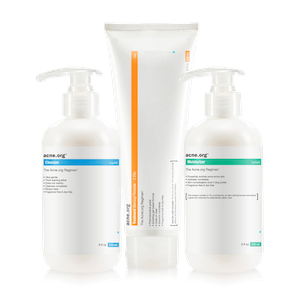Immediately after treatment:
- The application of a deep peel will color the skin ivory-white to gray-white. Redness may be visible underneath the white.
- Immediately after the chemical peel treatment, the doctor will cover the skin with a waterproof zinc oxide non-permeable tape, to be removed after 24 hours.
- At the end of treatment with a deep peel, the skin appears white or gray-white. Immediately after treatment, the face is covered with waterproof zinc oxide nonpermeable tape.
Days and weeks after treatment:
- Once the tape mask is removed 24 hours after treatment, the skin will be cleaned with sterile solution. It will then be covered with an antiseptic powder or antibiotic ointment for the next 7 days to prevent infection.
- Once antiseptic powder or antibiotic ointment is no longer being applied every day, skin redness should begin to gradually decrease over the course of several weeks. During this time, patients are allowed to use make-up to cover up the redness, which will make it easier to resume daily activities.
- Patients should avoid direct sun exposure and apply sunscreen for 4 weeks after treatment.
Longer term:
- A treatment with a deep peel can cause long-term skin redness (erythema). For most patients, the redness gradually decreases over the course of 2 months. However, some patients experience persistent redness for 3 months or more after treatment with a deep peel.
- Darkened skin (hyperpigmentation) may also continue to be present for months after treatment.
 Acne.org Products
Acne.org Products